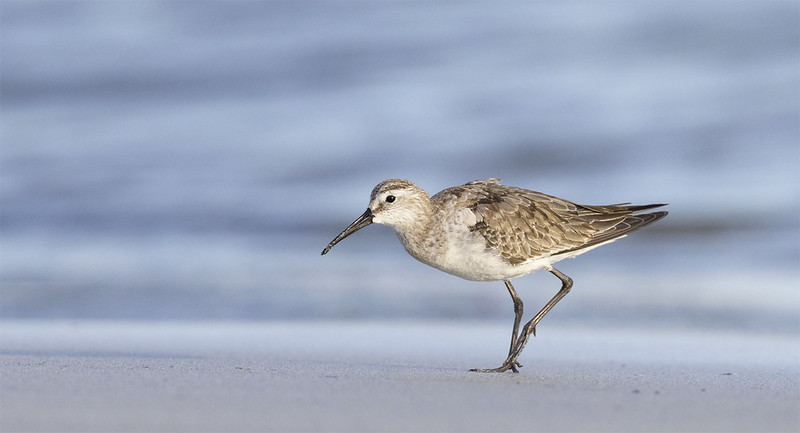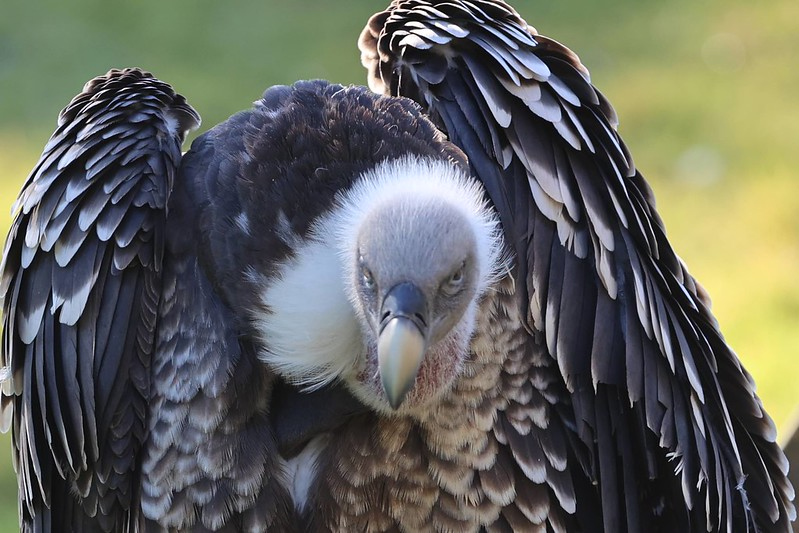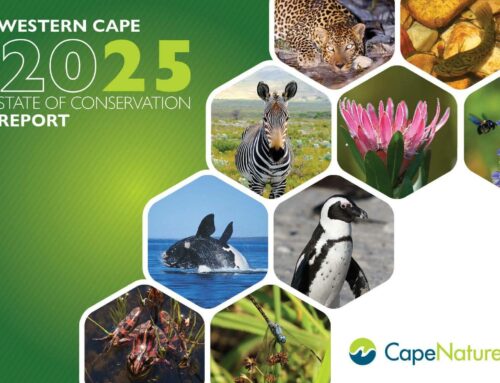
World Migratory Bird Day (WMBD) is celebrated in May and October to celebrate the cyclic nature of bird migration in the different hemispheres. The theme for this year WMBD is the importance of insects for migratory birds. Our dwindling insect populations are impacting migratory birds.
At the Dyer Island Conservation Trust we deal mainly with shore and seabirds and the marine environment. Many migratory shorebirds visit our shoreline seasonally, e.g. curlew sandpiper, turnstone, grey plover and whimbrels. At this time of the year, they are all ready to start their annual great trek.
We wish “our” feathered friends a safe journey on their perilous migration routes. As if their journey is not fraught enough, they have now had to add “avoid war-zone” to their flight information package.
Researchers can tell phenomenal stories of the distances that these feathered migrants can cover. We sourced the below from a story by Ben Coley.
Longest journey
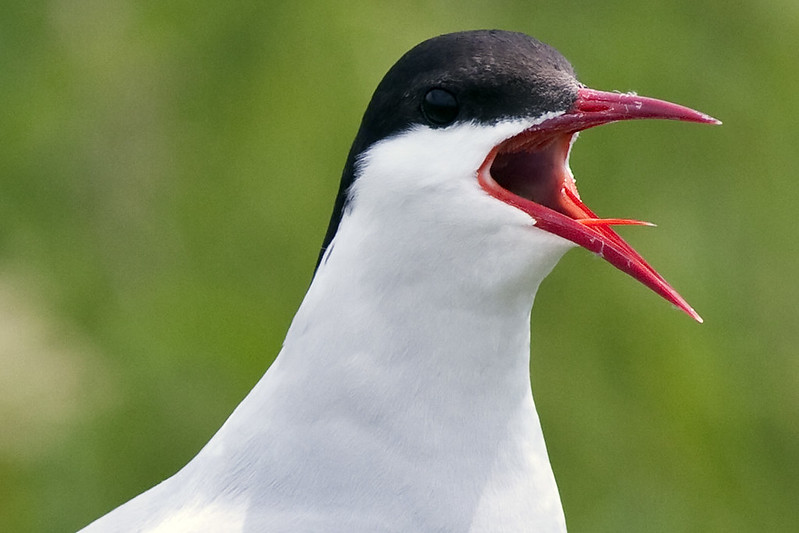
The Arctic tern travels from the northern hemisphere tundra all the way to the Antarctic pack ice. This means a total distance of close to 50,000km each year! These birds may live to up to 25 years and thus may fly close to 1 million kilometres during their lives!
Fastest non-stop journey
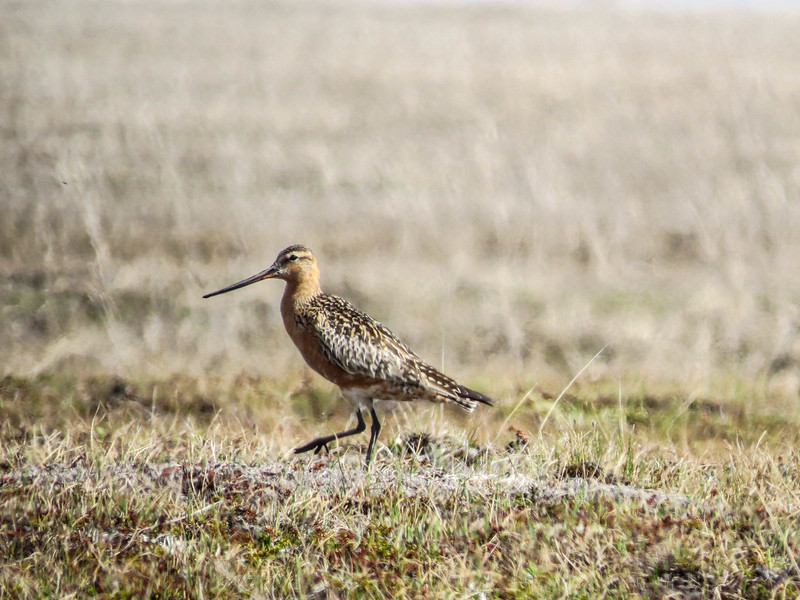
Bar-tailed Godwit walking on the tundra (Yukon Delta NWR). Credit: Bryan Daniels/USFWS
The amusingly named bar-tailed godwit flies from the Alaskan tundra to New Zealand in a non-stop migratory extravaganza. This is a trip of 11,600km without stopping. Incredibly, these birds take a mere six days to accomplish this trip and at an average speed of close to 80km/h!
Highest flyers
Most birds fly relatively low at about 2,000 – 3,000m above sea level. Some of the raptors choose to fly a little higher, in the 4,000 – 7,000m range, no doubt to use the high-altitude winds to take the pressure of carrying their larger weight over long distances. The record, however, is held by a Rüppell’s vulture that was viewed by a plane over the Ivory Coast at a height of 11,600m! To put that in perspective, Mount Everest is just under 9,000m!
Bird migration is something that all of us are aware of on some level or another. The avid “twitchers” amongst us plan their holiday adventures to co-inside with the influx of species during our summer months.
In my grandmother’s house, we lived by the “rule of the swallow”. The change of season for granny was not dictated by temperature or weather conditions. When the first swallows of summer arrived, it was her sign to begin spring cleaning and throw out the winter bedding. When grandpa used to mumble: “One swallow does not a summer make”, which he did every year, he got that grandma look, that in my mind would have scared a thousand ships into launching immediately to escape the wrath of a woman that trusted in swallows.
Birds are a species that are always amongst us, they form part of our daily lives. The flit in between the green spaces in our garden or patrol the skies overhead. They are also an indicator for us about the health of our ecosystems. On this World Migratory Bird Day we celebrate these ultimate travellers of the skies.

